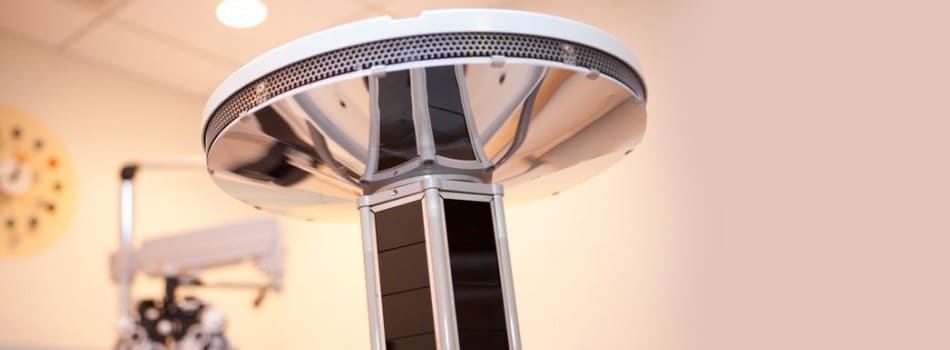These Hospital Robots Zap Germs With UV Rays
It’s been said that sunlight is the best disinfectant, but pulsed xenon UV-C light is probably better.
 Credit:
Credit:
Recommendations are independently chosen by Reviewed's editors. Purchases made through the links below may earn us and our publishing partners a commission.
Roombas are great for casual, hands-free vacuuming, and they offer a fascinating glimpse at the future of consumer robotics.
But... they’re not really ideal for disinfecting your home—or any locale, for that matter. Hospitals, for instance, stand to benefit from a robot that could quickly and efficiently disinfect an entire room—sort of like a vacuum for microbes.
Interestingly, a growing number of hospitals is adopting robots that do precisely that. Medical centers in Washington, New England, Illinois, New York, and elsewhere have all begun using a type of robot that emits quick bursts of ultraviolet (UV) light to kill germs.
Specifically, the R2-D2-like Xenex robot emits 450 pulses of UV-C light, which is the most extreme form of ultraviolet radiation, within a five minute window. The UV wavelengths are small enough to penetrate the cell walls of microorganisms and literally fuse their DNA, preventing them from reproducing or mutating. And yes, it’s probably not a good idea to be in the room when one of these robots is doing its thing. After all, UV-C light from the sun is deflected by the Earth’s atmosphere, so we humans never encounter it.
That said, Xenex reports on its website that these germ-zapping robots are 25,000 times more powerful than sunlight and are effective against several notoriously resilient microbes, including norovirus, influenza, and staph bacteria. One hospital in New York reported a 20 percent decrease in healthcare associated infections after implementing the system.
“There is a lot we can do with hospital-grade germicides and bleach to sterilize surfaces, but there are always some areas that are hard to reach, and some bugs… are even showing resistance to chemical disinfectants,” Sandra L. Coletta, president and CEO of Kent Hospital in Rhode Island (one of the institutions that has adopted the system), told GoLocal.
As cool as the idea of bug-zapping robots is, there’s very little use for something like it in your average home. But you can easily imagine something similar finding a home in microbially sensitive environments like breweries, wineries, greenhouses, and research laboratories.
Hero Image: Xenex

